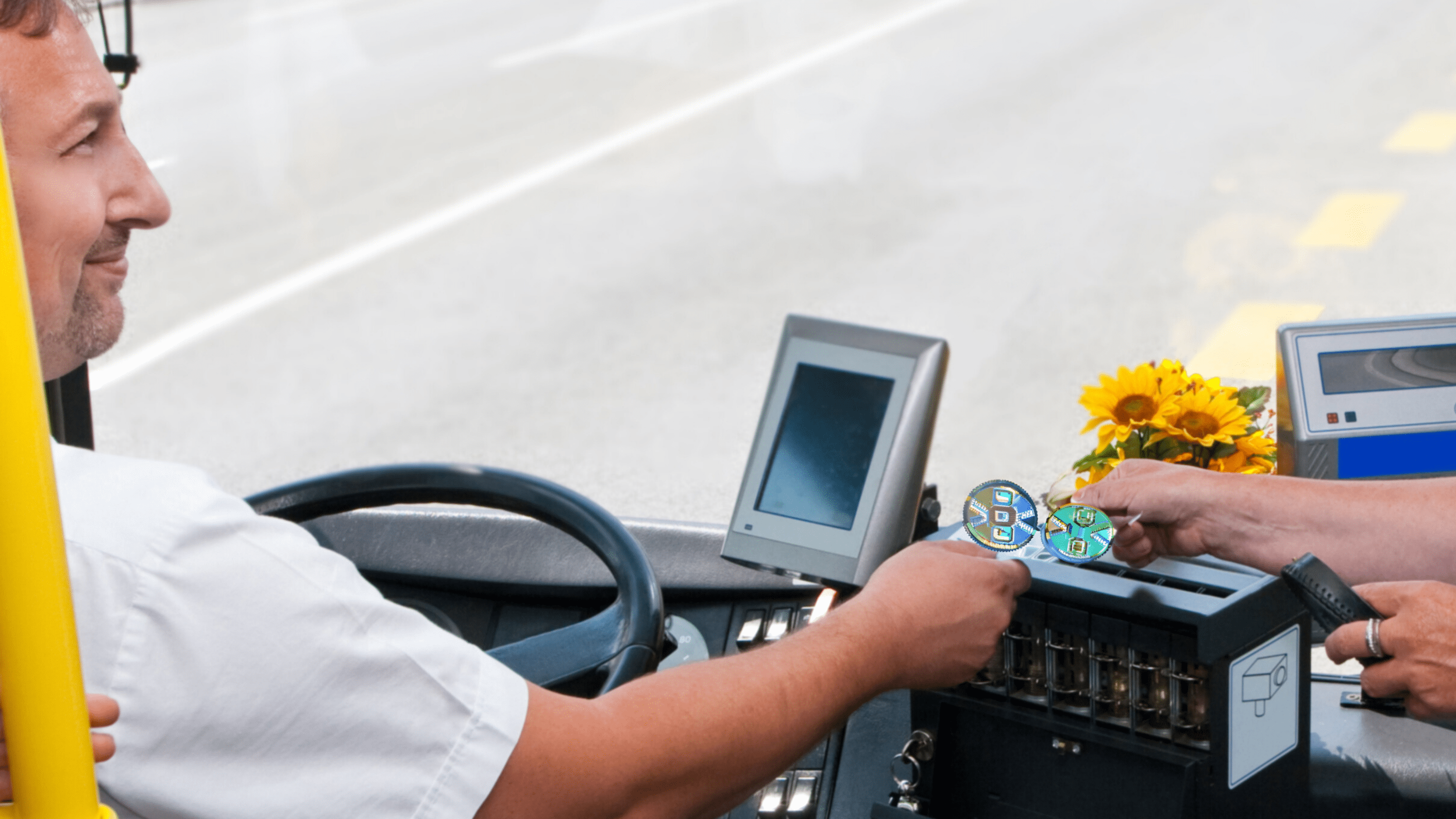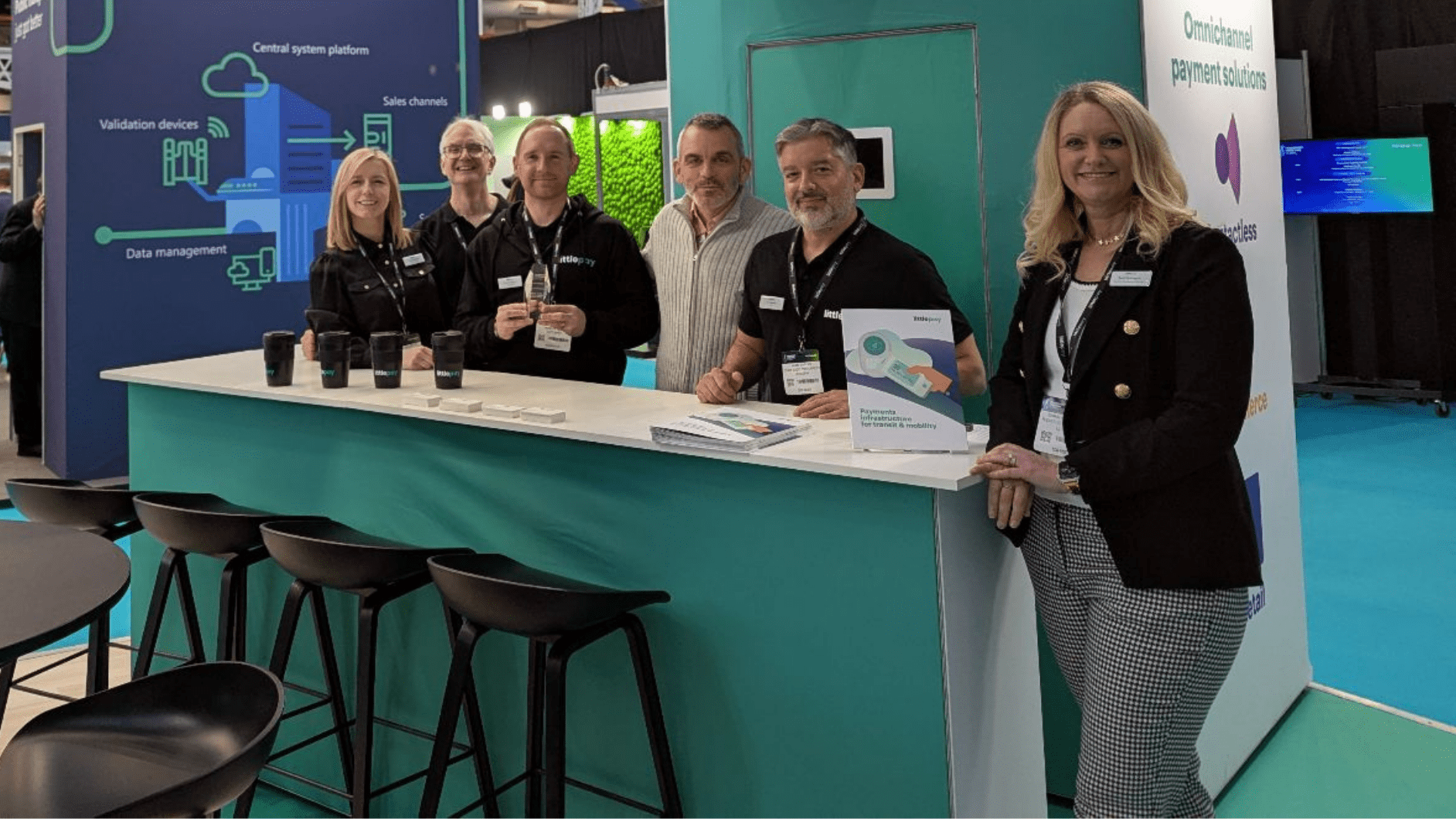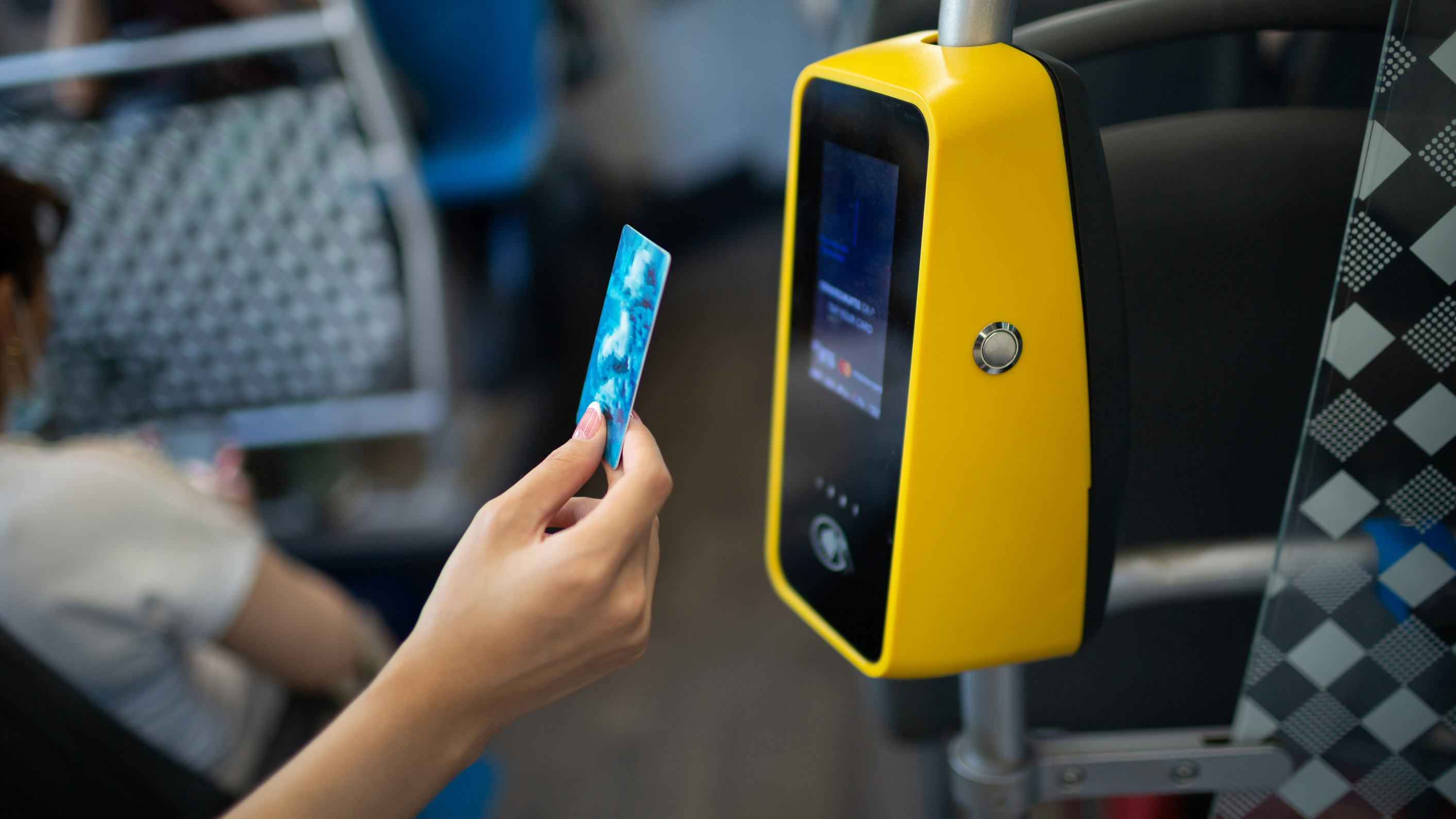Operational costs: challenges for transit agencies and public transport operators in the US
by Kalin Hitrov

Public transport keeps America moving, but it doesn’t come cheap. The operating costs that underpin these vital networks are rising amid challenging economic conditions. While some costs are beyond agencies and operators’ control, they can reduce those associated with fare collection by looking beyond legacy systems.
Public transport is the backbone of America. Every section of society – individuals, families, communities, and businesses – relies on this lifeline that connects millions of citizens to people, places, and possibilities. Public transit ridership in the US totalled 7.1 billion trips in 2023, a 16% increase from 2022. This widespread usage underpins thriving communities, creates jobs, eases traffic congestion, and promotes a cleaner environment, but it demands significant operational costs to be effective – and they’re on the rise.
Rising operational costs
These fundamental outgoings have increased recently amid rising labor costs and inflation, which has impacted the price of essentials like fuel. Despite an uptick in ridership levels, which have recovered to approximately 79% of pre-pandemic levels nationwide, the gap between the cost of providing public transit services and the dollars available to fund them is widening.
A recent survey of public transportation agencies found that one-half of all agencies, and 71% of the largest agencies – those with annual operating budgets over $200 million – expect to face a fiscal cliff in the next five years.
Some costs – like labor and fuel – are beyond the control of the public transit agencies (PTAs) and public transit operators (PTOs) that provide services in the US. Therefore, they should focus on optimizing their budgets by reducing a traditionally high operational cost that’s dictated by the processes they adopt: fare collection.
Traditional fare collection: an expensive business
Traditionally, public transit networks have depended on fare collection methods that rely on physical cash transactions, which are slow to process and expensive to manage. At the turn of the century, closed-loop smart cards shifted the dial as some PTAs replaced cash-based fare collection with near-field communication (NFC) technology for a more seamless payment experience – such as the Clipper card system used in the San Francisco Bay Area. While they elevated fare collection convenience, the costs required to operate them remained high.
Whether agencies and operators rely on cash transactions or closed-loop smart cards, the operational costs can be crippling as detailed below:
Cash handling
Handling cash is expensive because it’s resource-intensive. PTAs and PTOs need machinery to collect cash securely, staff to count it accurately, the correct infrastructure to store it and security processes for collecting and transferring it to the bank. Moreover, bank fees for depositing large sums of cash and cash leakage can swell costs further.
Security issues
Cash transactions on public transport expose public transport networks to nefarious activities that sap their income, like theft and robbery by external and internal offenders, the use of counterfeit money, and fraudulent activities, such as ticket forgery, fare evasion, or manipulation of revenue records.
Slower access to revenue
Cash transactions, and to a lesser extent closed-loop systems, require manual reconciliation and accounting processes, which can be prone to errors and delay access to revenue. This can hinder financial reporting, decision-making, and real-time visibility into revenue collection, making it difficult to track income accurately and identify potential revenue leaks or discrepancies.
Ticket printing
The costs associated with producing and issuing physical tickets can soon mount up. This includes the cost of paper or cardstock, printing, distribution, and security features to prevent counterfeiting or fraud like holograms, watermarks, or special inks.
Managing and maintaining fare boxes and ticket vending machines
The cost of purchasing fareboxes or vending machines, any necessary infrastructure modifications, and installation expenses is just the start of the financial commitment. Many agencies and operators engage in costly maintenance contracts. These physical systems also create training and personnel costs, with staff required to operate and maintain the equipment and support customers.
Smart card issuing
Smart card tickets streamline fare collection but leave the organizations responsible for them burdened by spiraling production and infrastructure costs – from issuing millions of pieces of plastic to purchasing and installing card readers and ticketing machines, developing backend systems, and yet still having to handle cash.
Adopting contactless payments
Simply mitigating these cost pressures is not enough. Having recognized them, PTAs and PTOs must look beyond antiquated legacy cash handling and fare collection processes to innovative strategies and solutions that enhance efficiency and reduce costs. This will set the stage for the adoption of transformative initiatives like contactless payments through an open-loop system.
Open-loop payments not only make riding public transport as easy as buying a cup of coffee; they create demonstrable operational cost savings by replacing cash transactions and smart cards – and the clunky infrastructure that supports them – with contactless credit cards, debit cards, and mobile wallets.
Contactless cards are issued by personal banks, not transit operators, removing issuance and replacement costs and budget allocation for maintaining fareboxes and ticket vending machines. And with cash handling costs consigned to the past, PTAs and PTOs can reduce spending on each sale by a whopping 15%.You can expand your understanding of how contactless open-loop payment systems are reducing operational costs for public transport providers in the US by reading our accompanying blog, Open-loop payments: reducing operational costs for public transport providers in the US.
Trending Topics

Project Highlights: Washington DC’s record breaking upgrade to accept open loop payments

Nevada County Connects leverages Cal-ITP’s Mobility Marketplace to elevate the payment experience across its bus network

 Insight
Insight
 Knowledge
Knowledge
 News
News



